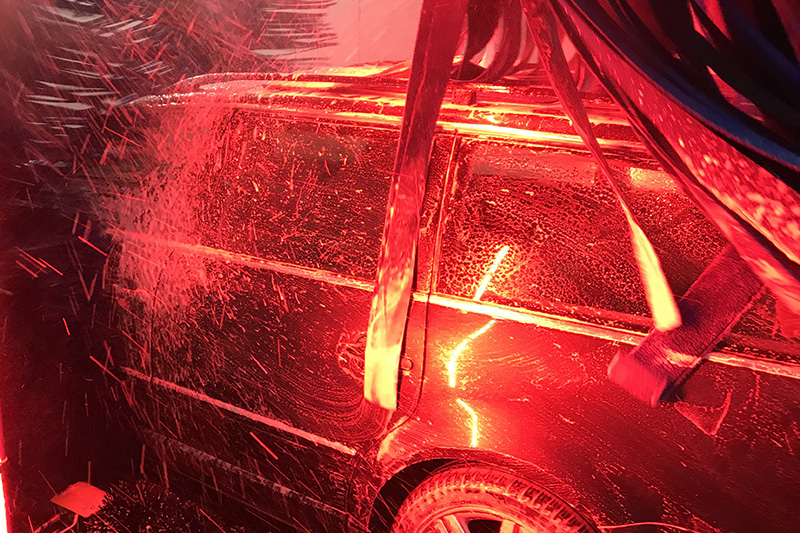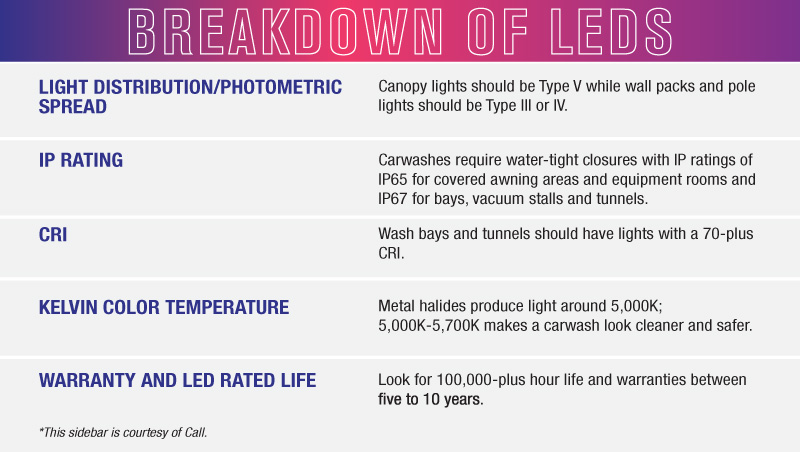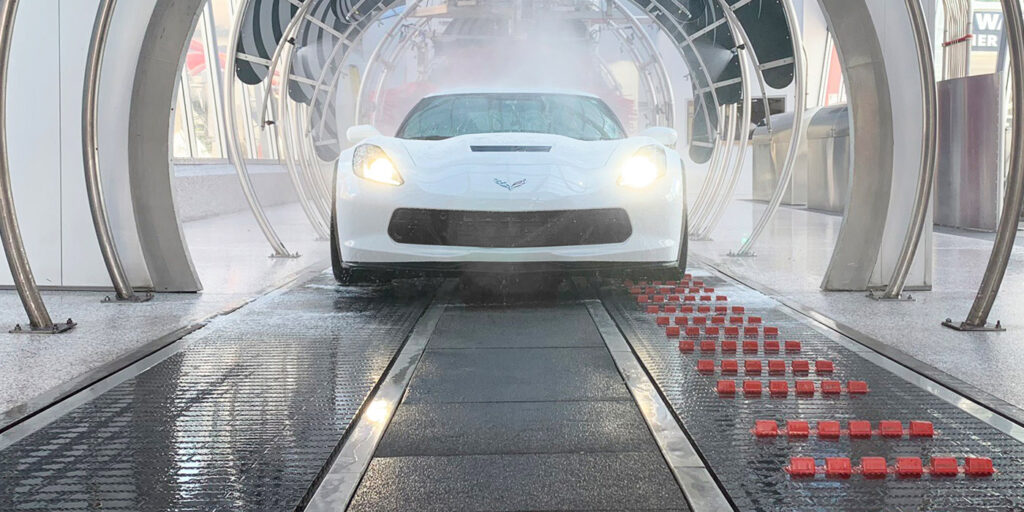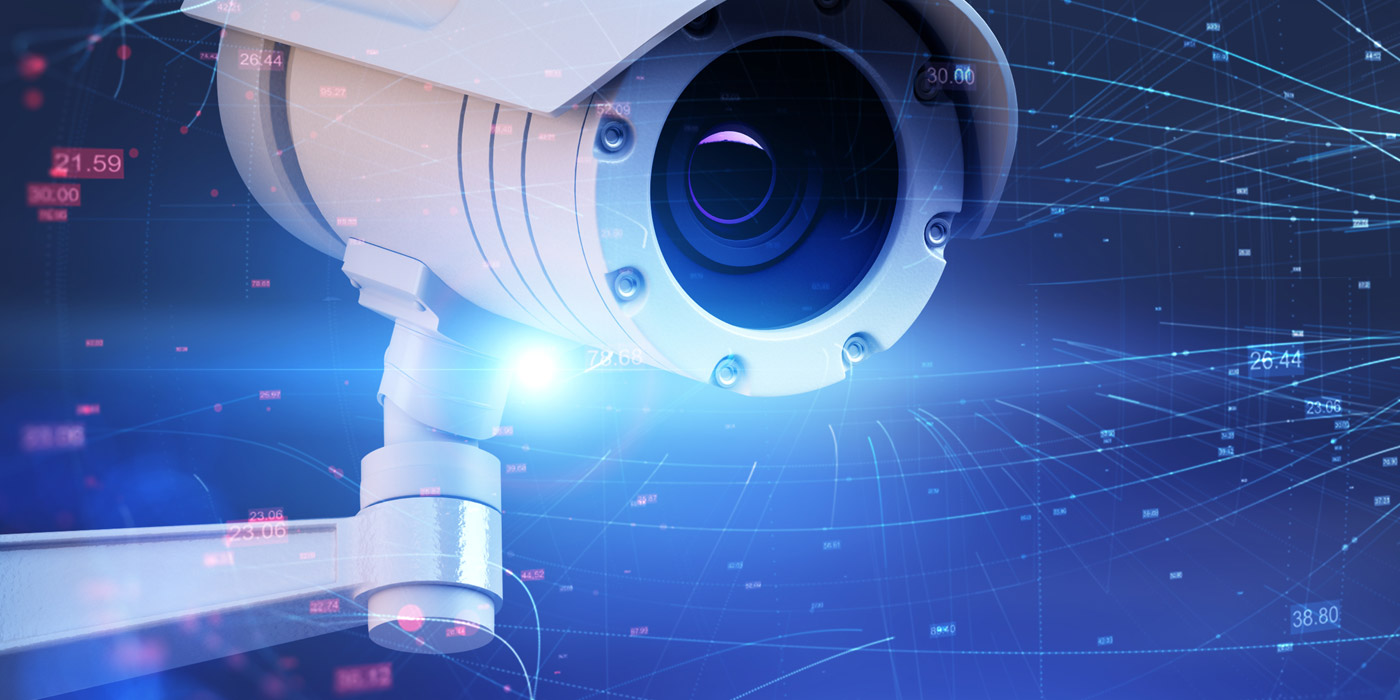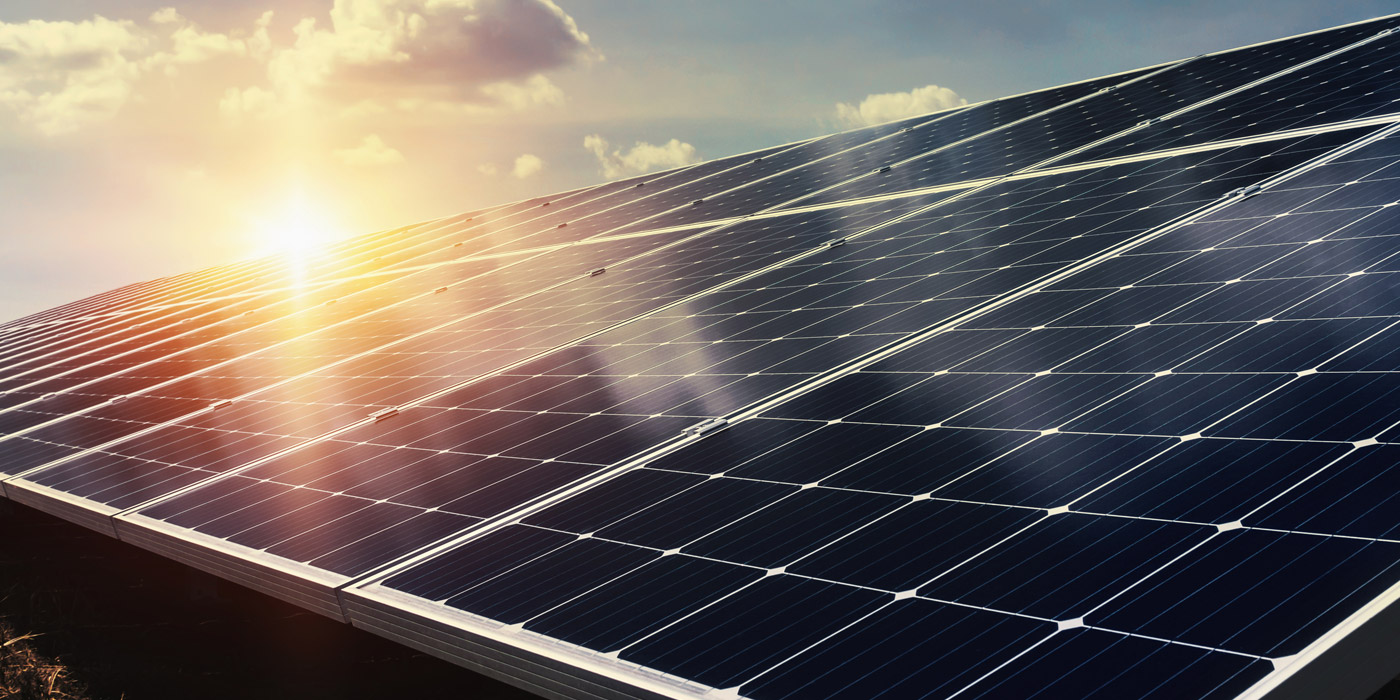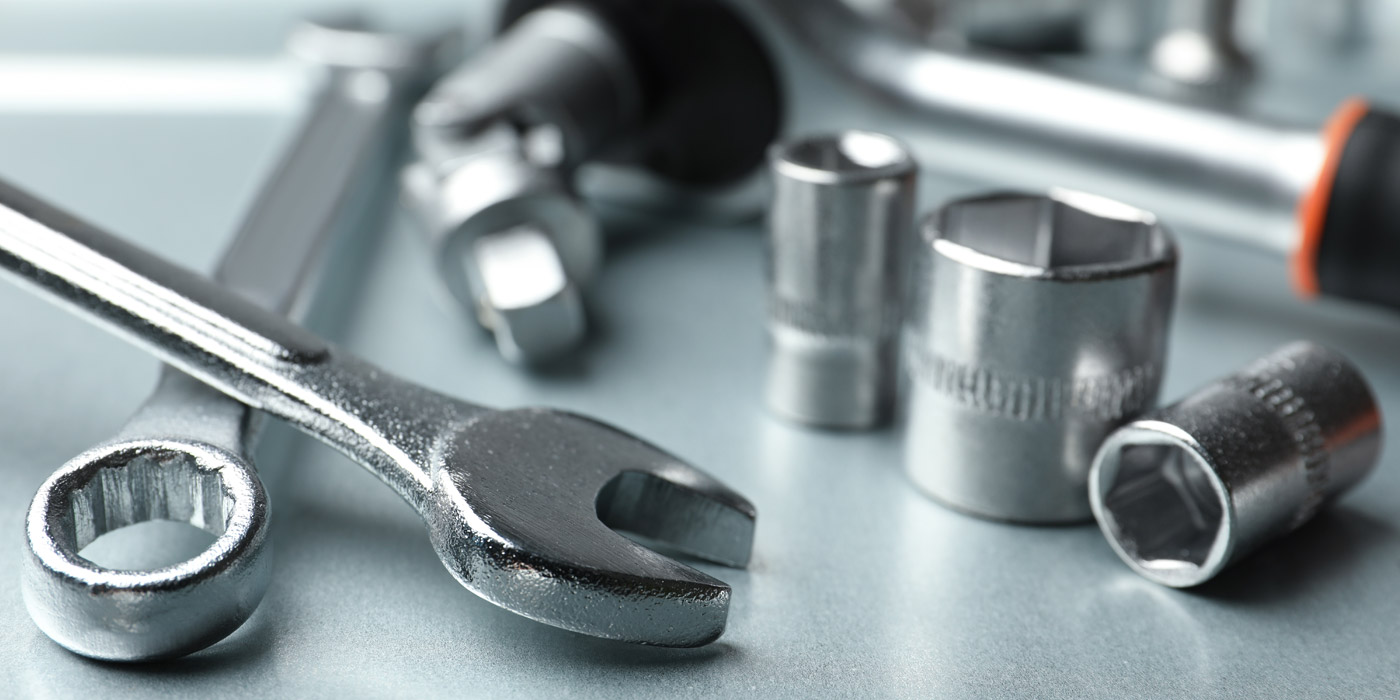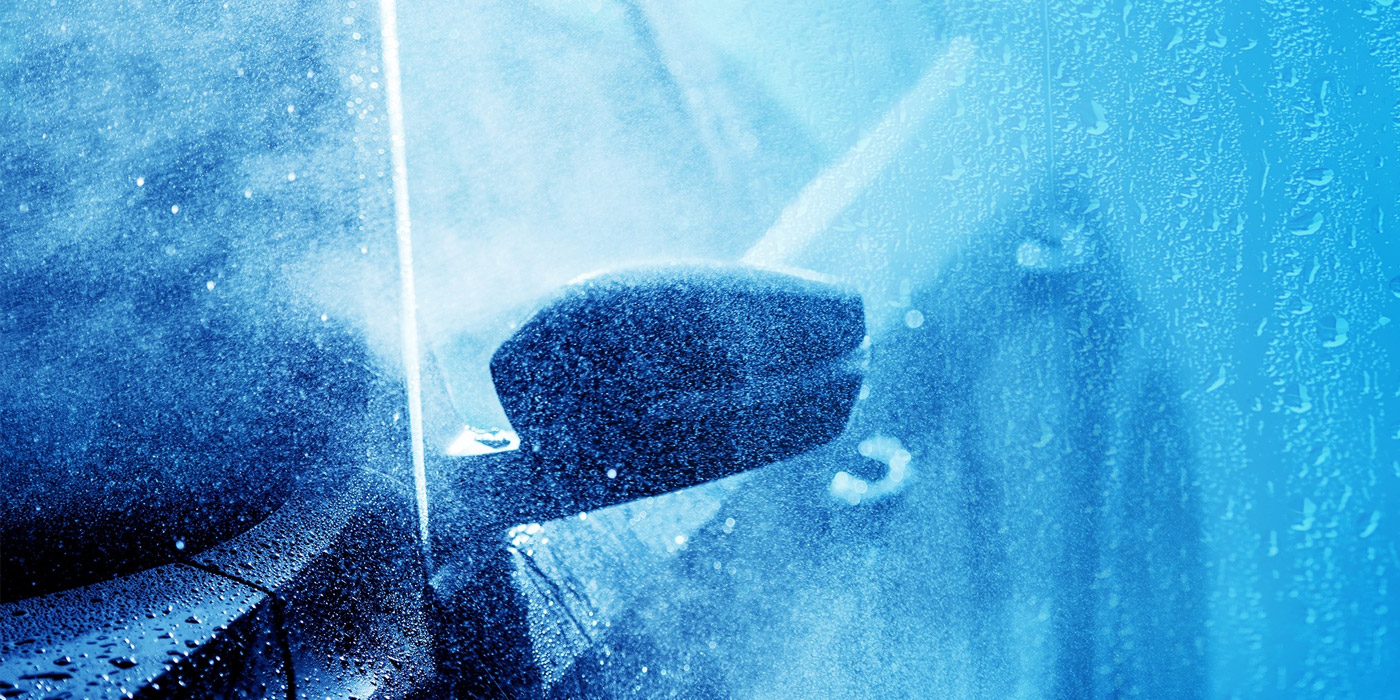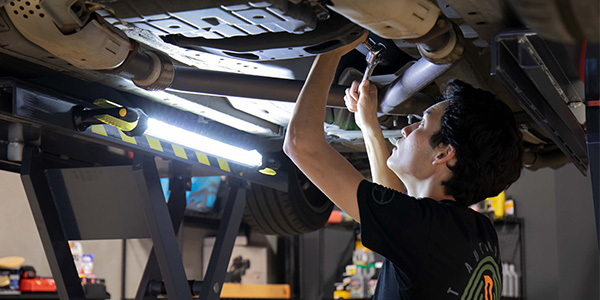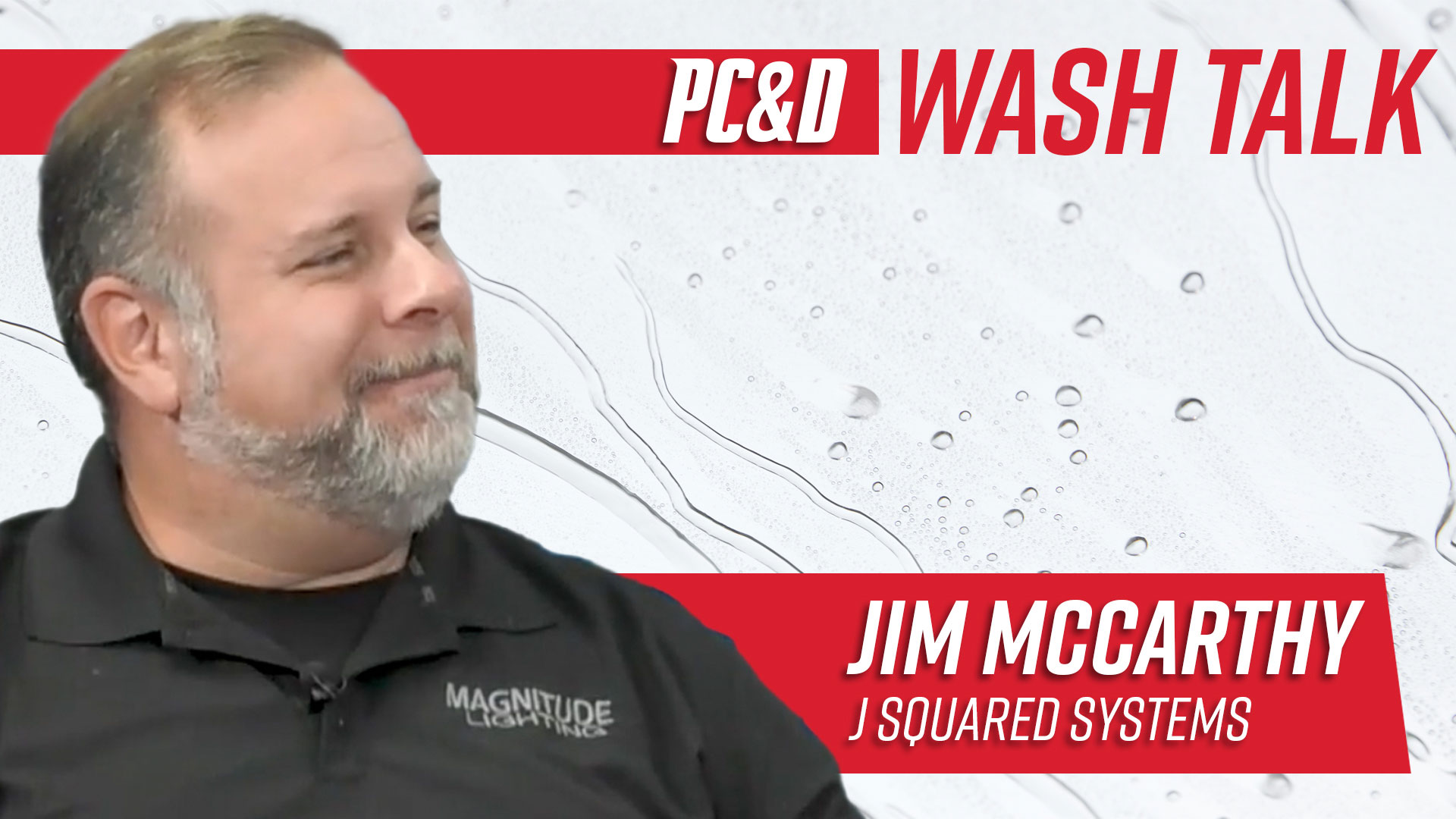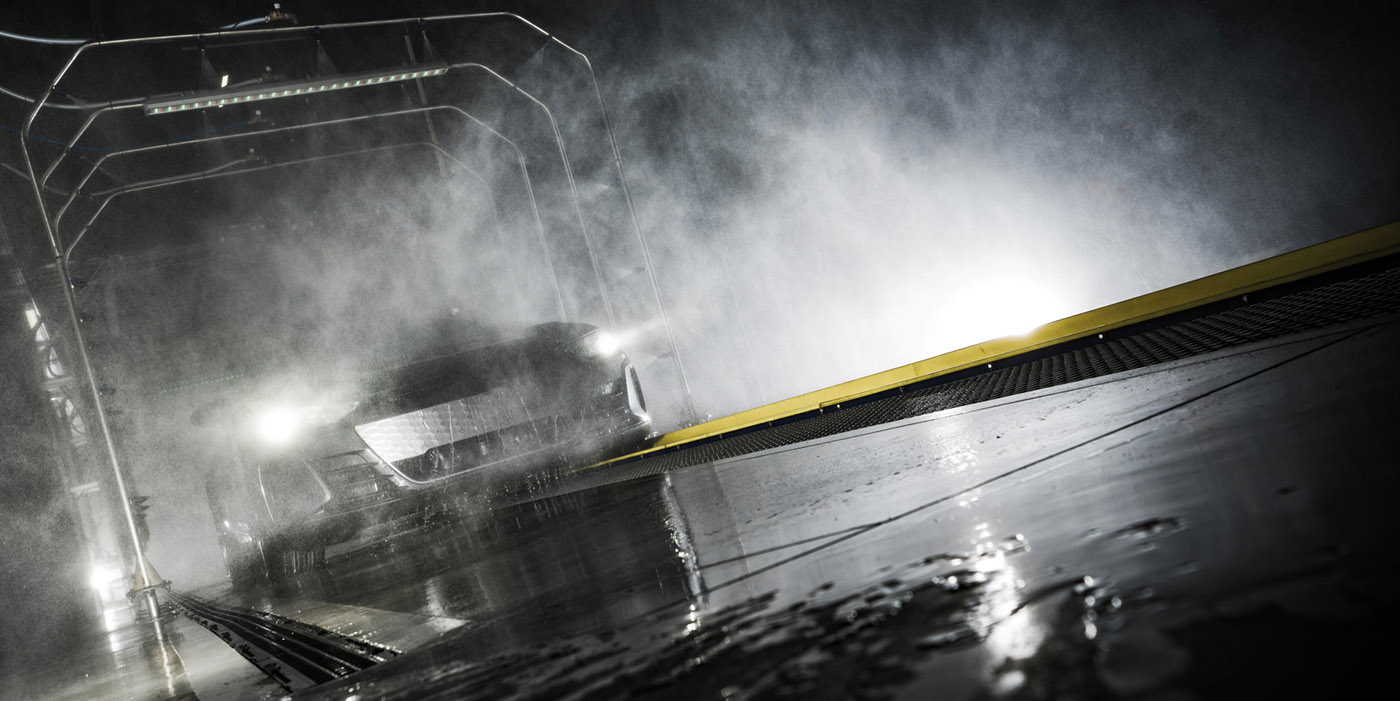There are many ways a new carwash can capture attention — and new business — from the street. It has been noted in this publication many times before, but it is worth repeating. Customers have choices these days, and they are selecting businesses that have a high-end retail appearance and feel over dark, dingy and rundown carwashes — across all wash formats and state lines. Earlier this year, we published an article titled, “Improving images with carwash doors.” Now, let’s examine the impact LEDs can have on a new professional carwash and its budding customer base.
Shining the light on LEDs
Before we get to the “flashy” information, we should first cover the basics: What are carwash LEDs? LED stands for light emitting diode. While the invention of LEDs was a work in progress for several decades throughout the 20th century, it is Nick Holonyak Jr., a General Electric employee, who is credited with developing the first LED that emitted light in the visible part of the spectrum. Improvements, such as light brilliance, useful lifespan and color have enhanced LEDs over the years.
In recent decades, LEDs have improved in the aforementioned ways and others, such as in terms of costs and sizes. Today, LEDs are commonplace in businesses and households, being found in everything from televisions, signs and flashlights to refrigerators.
And, of course, they are being widely employed at modern, professional carwashes in many ways. Now that we understand a little bit about the background and emergence of LEDs, let’s cover the many benefits they can offer, specifically for carwash owners and operators.
Maintenance benefits for the bright
LED fixtures offer many distinct benefits to new self-serve, in-bay automatic and conveyor carwashes. For example, according to the experts we interviewed for this article, installing LED lighting instead of traditional fixtures, such as metal halide and fluorescent, can save an operator anywhere from 60 to 90% in energy usage.
“One of the greatest benefits of LED lighting is the dramatically reduced energy consumption when compared to traditional lighting technologies,” confirms Erin Noonan, director of marketing for G&G LED. “Another key benefit quality is LED products are virtually maintenance-free.”
As mentioned earlier, LEDs have improved useful lifespans. Therefore, as long as the fixture is installed properly, classified for use in carwashes and void of defects, operators can check it off their routine maintenance checklist with ease.
In fact, Michael Call of Mile High LED Systems lists saving money on annual maintenance costs as one of the top three performance benefits of installing LEDs over traditional lighting. “Operators never have to change a bulb or ballast ever again,” he proclaims. “Today’s market-leading LEDs last 100,000 hours, which is equivalent to 25 years when operating 12 hours a day.”
And, even as LEDs approach the end of their useful lifespan, leading fixtures will still have the ability to produce the majority of initial light output — as high as 70%. By comparison, explains Noonan, a metal halide bulb will only emit around 50% of its initial light output after 10,000 hours. “In addition,” she says, “a metal halide fixture would require around 10 bulb changes and a few ballast changes over the lifetime of a quality LED fixture.”
LED brilliance
Another key performance quality that LEDs offer over traditional lighting options is brightness. Market-leading LEDs will also make colors appear more vivid, allowing the details and chemical applications to pop.
“LED lighting provides better light spread and improved color accuracy when compared to traditional lighting,” reiterates Kirby Corkill of Jarvis Lighting, adding that operators should keep a few factors in mind when purchasing and installing LEDs to maximize these performance benefits. “Carwash operators should consider their main illumination goals. In some areas of the wash, lighting can be installed to dramatically increase brightness levels. However, in other areas of the operation, lighting levels can be lower to increase energy efficiency. It’s important to know where increased light levels are needed.”
According to Noonan, when choosing lighting for a carwash, operators will want to look for a “daylight white” (5,000K) color temperature, which she says will give off a nice, crisp and clean white look without making things appear blue. She adds that the improved performance of LEDs is due to the technology’s high Color Rendering Index (CRI).
“LEDs also emit light in a specific direction, eliminating the need for reflectors that can trap light and waste energy,” continues Noonan. “With other types of lighting, up to half of the light from the bulb may never leave the fixture. Many LED lighting fixtures are aimable, allowing you to direct the light exactly where you need it.”
The benefits of LEDs when looking to improve your new carwash’s image are clear. Call submits a list of some of them:
- Improved curb appeal
- More vibrant color and a uniformed look
- Consistent Kelvin temperature across all fixtures
- CRI ratings that exceed metal halide and fluorescent lighting fixtures.
LEDs fit for the carwash environment
Not all LED products are created equal. In fact, the ones deployed at leading carwashes today must be manufactured to protect against wet environments where chemicals and varying temperatures are present. Noonan says the carwash environment is filled with “many unique challenges.”
According to Noonan, traditional plastics, paint and even glass do not hold up well against the aggressive high-pH presoaks found in carwashes, so
operators must be careful when selecting the right LEDs for their wash.
“Traditional plastic latches and lenses fade or crack, paint flakes off the metal, and glass etches and becomes cloudy in a typical professional carwash setting. It is important to check for a UL Wet Location rating, signifying that a product has been approved for electrical safety by the Underwriters Laboratory, as well as it being listed for suitable use in a wet environment,” states Noonan.
And, there may be other contaminants and elements at play in a bay or tunnel that new operators might not even think of. It is crucial to discuss these factors with your distributor and LED manufacturer to ensure that you are selecting the right lighting products for your carwash. After all, if you’re looking to maximize your LED lighting investment, it’s important to select the right products from the start.
“Three things to look for in LED lighting for industrial (carwash) environments are: resistance to water, chemicals, oil and dust; protection against impact and vibration; and temperature protection mechanisms to ensure the light performs safely and effectively even in high heat,” says Call.
In the following set of points, Call further breaks down the LED specs needed for the carwash environment:
- Water resistance: Similar to other types of electrical equipment, lights are rated based on Ingress Protection (IP) Code designations. Ratings of IP65 and IP66 can handle some damp applications and are best used in equipment and detail room areas, as examples. IP67 and above are dust- and water-resistant, making these fixtures ideal for machine lighting and overhead bay and tunnel environments. Lights rated IP68g are resistant to oil and water penetration and can be mounted safely to chemical application arches, for instance.
- Vibration: LED fixtures in carwash environments also need to withstand vibration. Incandescent and fluorescent technologies use glass enclosures that can shatter, exposing workers and customers to risk. Constant vibration can also reduce the lifetime of some lighting solutions, especially those with fine filaments and other delicate components. However, LEDs do not use glass enclosures or filaments and are therefore extremely resistant to vibration and impact.
- Temperature protection: Thecarwash environment is also subject to extreme changes in temperature. While LEDs perform better in cold conditions compared with traditional technologies, the LED fixture housing must be strong, durable and substantial to handle hot wash spray on a cold winter day. Look for LED fixtures designed to operate in any range of temperatures by using high-grade housing materials that dissipate heat.
The LED safety difference
After selecting and installing the right LED products in the appropriate areas of your carwash, you are now ready to reap the rewards. Over time, as noted, your carwash will enjoy long-term savings in such areas of the business as maintenance, reduced downtime and energy consumption savings. However, in the short-term — and of more value to a new carwash — LEDs can help attract new customers and keep loyal ones all year-round.
LEDs can be used to make the site more visible, especially late in the afternoon and into the evening, particularly during the winter months when the days are shorter. Bright LEDs throughout the location will signal to commuters that you are open for business, while a dimly lit carwash might inaccurately reflect the opposite.
“Aside from the general illumination, LED floodlights can be used to illuminate signage and the building’s vertical surfaces, increasing visibility for motorists” adds Corkill. “And, new operators can use LED floodlights to illuminate signs near the entrances, upselling customers. Overall, LED lighting creates a clean, crisp
environment, which improves the customer experience and makes it more likely that customers will return.”
While colorful, flashing LEDs can enhance the show of your carwash and be used in conjunction with specific applications or packages, the brightness of LEDs also plays a pivotal role in customer safety. Obviously, you will want to make sure bright LEDs are used in vacuum areas, for example, and around security hot spots to document potential crime or accidents. But, inside the bay or tunnel, LEDs also offer a sense of safety and security for patrons.
“LEDs’ increased brightness goes a long way and can change how the customers feel inside or around the wash. Bright bays will appear safer and ‘always open’ throughout the night. Quality lighting provides a more satisfied wash experience in an environment that is both safe and inviting,” notes Noonan.
The future of LEDs in carwashing
LED manufacturers remain diligent to improve this product category moving forward. A few recent advancements have been noted in this article with seemingly few areas of improvement needed. Still, research and development is underway at the leading LED manufacturers in this industry.
Looking ahead, the improvements noted by the experts we interviewed for this article include:
- LEDs that can take the shape and mold to fit custom applications
- LEDs that can create a complete experience for customers, infusing the full spectrum of colors
- LEDs that create light shows based on a theme, such as during holidays and community events
- LEDs that feature more color integration designed into actual carwash equipment
- LEDs that operate with wireless controls.
“In addition, the latest advancements in carwash LEDs include intelligent sensors that are incorporated directly into the luminaire,” educates Corkill, explaining that these sensors automatically adjust light levels based on ambient light as well as customer activity. “This leads to better illumination and reduced energy costs.”
Today, there are many reasons for new operators to start off on the right foot with LEDs. The best way to build business is to control costs and implement strategies that will keep customers coming back. Simply put, LEDs check a lot of boxes for your new wash.

